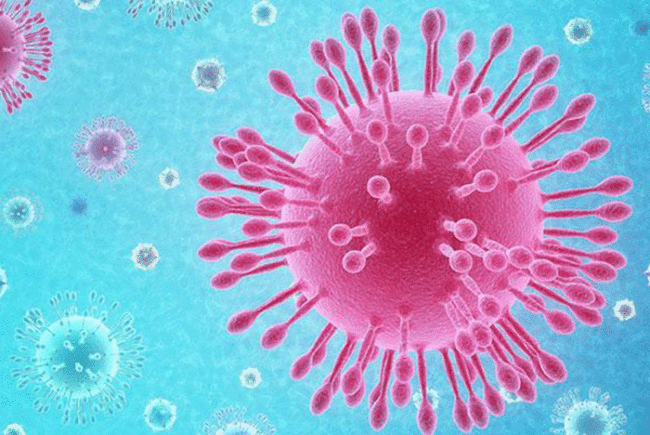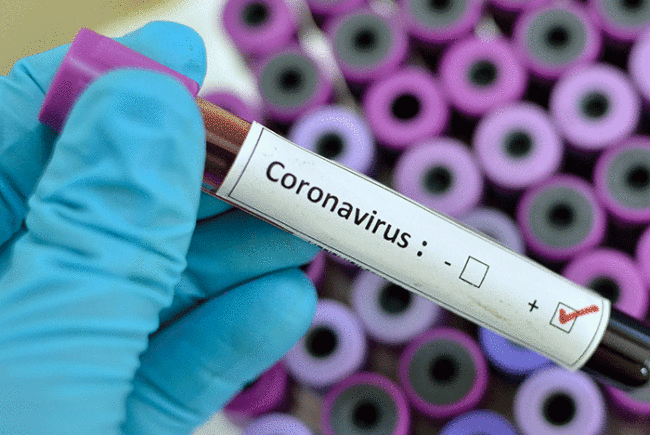ASHE and AHE post COVID-19 resources
The American Society for Health Care Engineering (ASHE) and the Association for the Health Care Environment (AHE) have each created resource pages to help health care facilities professionals to contain the spread of COVID-19. ASHE’s COVID-19 Resources for Health Care Facilities Page covers critical operations such as air quality, safety and security, emergency preparedness and infection prevention. The COVID-19 Resources for EVS Professionals 2020 page created by AHE includes information on a number of infection prevention and control recommendations, such as implementing environmental processes, a system for decontaminating N95 respirators, managing waste and more.
CDC updates infection prevention guidelines
The Centers for Disease Control and Prevention has updated its Interim Infection Prevention and Control Recommendations for Patients with Suspected or Confirmed Coronavirus Disease 2019 (COVID-19) in Healthcare Settings. Key concepts of the guidance include limiting how germs can enter the facility through strategies such as canceling elective procedures; using telemedicine when possible and limiting points of entry; isolating symptomatic patients as soon as possible by using separate, well-ventilated triage areas and other strategies; and protecting health care personnel with an emphasis on personal protective equipment, hand hygiene, barriers to limit contact with patients at triage, limiting the numbers of staff providing their care, and prioritizing respirators and airborne infection isolation rooms for aerosol-generating procedures.
NFPA issues guidance on regulatory flexibility
As health care organizations begin to modify and repurpose existing locations to provide more beds as well as erect temporary structures to meet a surge of patients diagnosed with COVID-19, the National Fire Protection Association has created two immediate resources to help provide the safest levels of fire and life safety possible as these unprecedented circumstances continue to evolve and emerge. The resources include a short guide, “Maintaining Safe Health Care Facilities in Extraordinary Times,” outlining multiple considerations and alternatives to providing life safety for affected rooms, areas and structures. The other document, “Temporary Compliance Options for Code Modifications, Alternate Care Sites, and Facilities Related to Health Care,” is a white paper that provides greater context around construction, prevention, detection and notification, egress and automatic sprinkler systems.
CDC guidance on decontaminating FFRs
In its Decontamination and Reuse of Filtering Facepiece Respirators (FFRs) guidance, the Centers for Disease Control and Prevention (CDC) published information on the safety and efficacy of reusing disposable FFRs after decontamination. Based on the limited research available, ultraviolet germicidal irradiation, vaporous hydrogen peroxide and moist heat showed the most promise as potential methods to decontaminate FFRs. This document summarizes research about decontamination of FFRs before reuse. Although disposable FFRs are not approved for routine decontamination and reuse as a standard of care, the CDC says a temporary change in an organization’s policy may need to be considered as a crisis capacity strategy to ensure continued availability of personal protective equipment for health care personnel.




